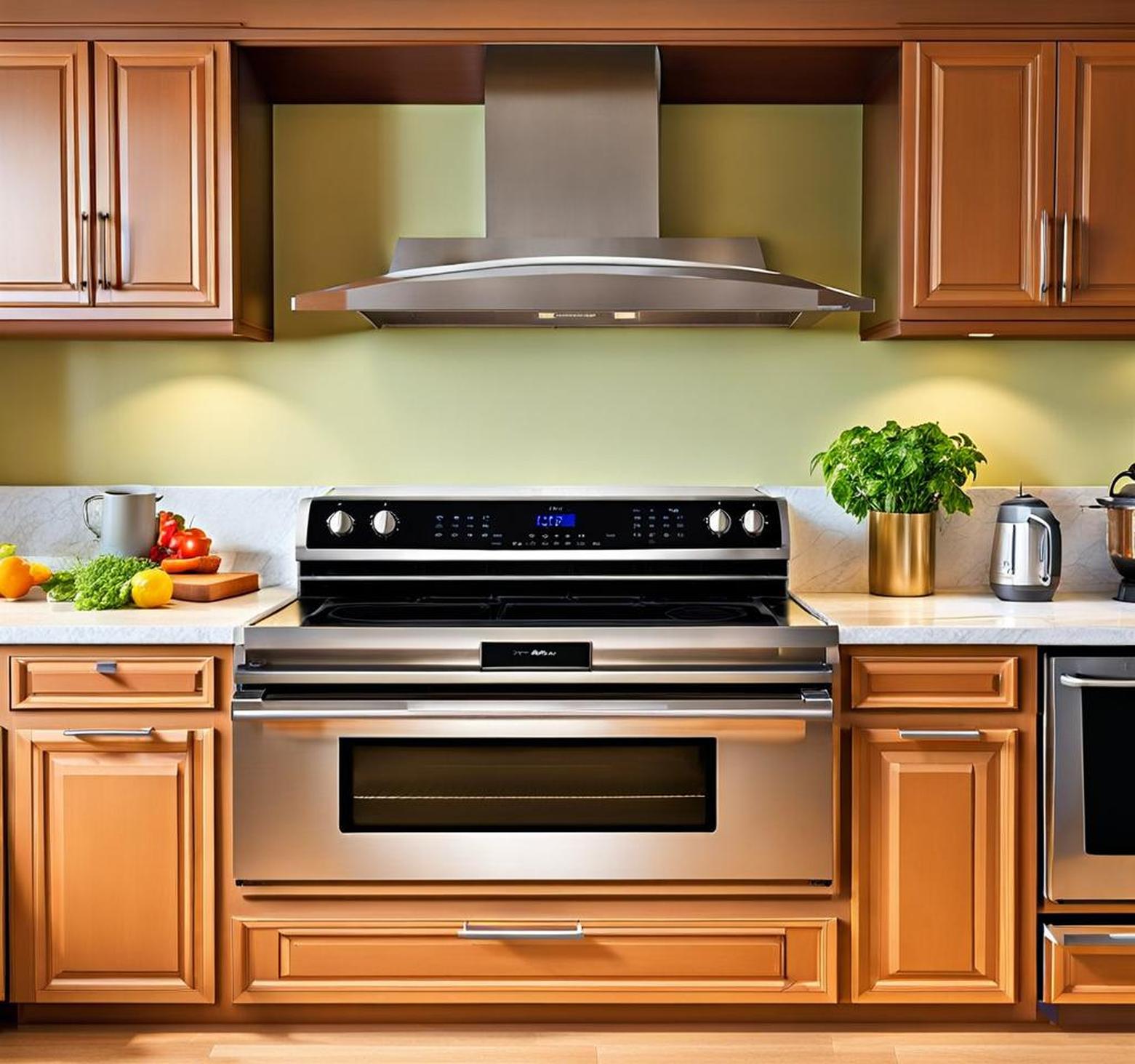Is your kitchen counter cluttered with appliances, utensils, and various other items? Do you find yourself constantly moving things around just to prepare a meal? If you answered yes, you’re not alone. Many homeowners struggle to organize their kitchen counters efficiently. A cluttered counter can make cooking frustrating, while an organized one creates a functional workspace. With some strategic planning, you can transform the most disorganized kitchen into a seamless area that maximizes your cooking potential.
This complete guide covers how to arrange appliances on kitchen counters for optimal use of space. We’ll provide tips on determining what items to keep out, evaluating your storage capacity, organizing appliances strategically, maintaining the system long-term, and utilizing space-saving tools. With these practical solutions, you can take control of the chaos and create a kitchen that works for you.
Determine Which Appliances to Keep on the Counter
The first step in arranging your kitchen counter appliances is deciding what items you actually need on your countertop. Your kitchen likely came with appliances you don’t use daily, so the key is identifying your most utilized items.
Frequently Used Appliances
Appliances like your coffeemaker, toaster, microwave, blender, and mixer tend to be used daily or multiple times a week. Keeping these items on the counter makes preparing meals and snacks far more convenient. Other frequently used appliances may include an air fryer, slow cooker, or electric kettle. Think about which devices you use at least weekly when cooking.
Appliance Usage Frequency
Analyze how often you genuinely use each appliance. What gets daily use versus occasional use? Don’t limit the evaluation to meal preparation. Small appliances like coffee makers may get utilized multiple times daily. Track your usage for a week to determine the true frequency.
Prioritize Functionality
Keep the most utilized appliances readily available on the counter, and store the rest elsewhere. The goal is seamless meal preparation and efficiency, so ensure you can easily access the tools you need most. Stick withfunctionality over appearances when deciding appliance placement.

Evaluate Counter and Storage Capacity
Before deciding where to place everything, assess your overall kitchen capacity. This includes measuring counter space as well as evaluating storage options.
Measure Available Counter Space
Start by measuring your counters’ length and depth to determine total area. Note especially congested hot spots like near the stove where items pile up. This visualization brings clarity to the amount of space you’re working with.
Check Existing Storage Options
Take stock of all your available storage options, including upper and lower cabinets, drawers, pantries, open shelving, and islands. Gauge not just overall capacity but also accessibility. Deep cabinets with inflexible interiors limit what you can actually use.
Consider Small Kitchen Solutions
Those with tiny kitchens need creative solutions for fitting appliances, like multi-function tools taking up less space or wall-mounted appliances to save counter room. Evaluate ways to effectively use vertical and ceiling space as well.
Organize Appliances Strategically
With frequently used items identified and available space measured, it’s time to map out your appliances’ placement. Use these tips for an efficient system.
Frequently Used Appliances
Keep daily use appliances conveniently located within your kitchen work triangle, centered in high traffic task areas. Arrange appliances used in conjunction, like coffee maker and toaster, together in one area.
Infrequently Used Appliances
Less utilized countertop appliances can get stashed farther away in cabinets or on shelves. Place items like stand mixers in easily accessible lower cabinet spots, not buried behind stacks of pans.
Make Use of Vertical Storage
Install wall-mounted racks or shelving units to store appliances upright and maximize vertical real estate. You can also keep long-handled tools like spatulas in floor-to-ceiling utensil racks.
Maximize Cabinet and Drawer Storage
Use interior cabinet space to house small appliances not left on the counter. Take advantage of drawers by installing organizers and dividers to neatly arrange items.
Maintain an Efficient System
Set your appliances and tools up for success by adopting habits that maintain organization in the long run.
Establish a Home for Everything
Give appliances set permanent places to “live” in your kitchen. Always return items to these designated spots after using to prevent clutter accumulation.
Regularly Assess Usage
Re-evaluate appliance frequency intermittently. As needs change over time, adjust storage accordingly. Move lesser used items into drawers and maximize counter access for frequently used tools.
Streamline and Declutter
Continuously remove unused appliances from counters and purge unnecessary items when possible. Donating or selling unused appliances simplifies your kitchen.
Recommended Space-Saving Products
Specialized tools and organizers help maximize efficiency in compact kitchens:
- All-in-one or mini appliances like multifunction toaster ovens
- Vertical storage racks and shelves for walls and inside cabinets
- Wall-mounted pot racks and coffee maker mounts to free up counter space
- Drawer organizers, cabinet risers, and Lazy Susans to optimize interior storage
Arranging your kitchen counter appliances strategically, based on frequency of use, maximizes your workspace efficiency. Regularly purge unused items, maintain organization habits, and incorporate space-saving tools.
You can fully utilize your counter if you have frequently used appliances readily accessible. Follow the guidance in this complete guide to create a culinary space that functions flawlessly and makes cooking an ease.
